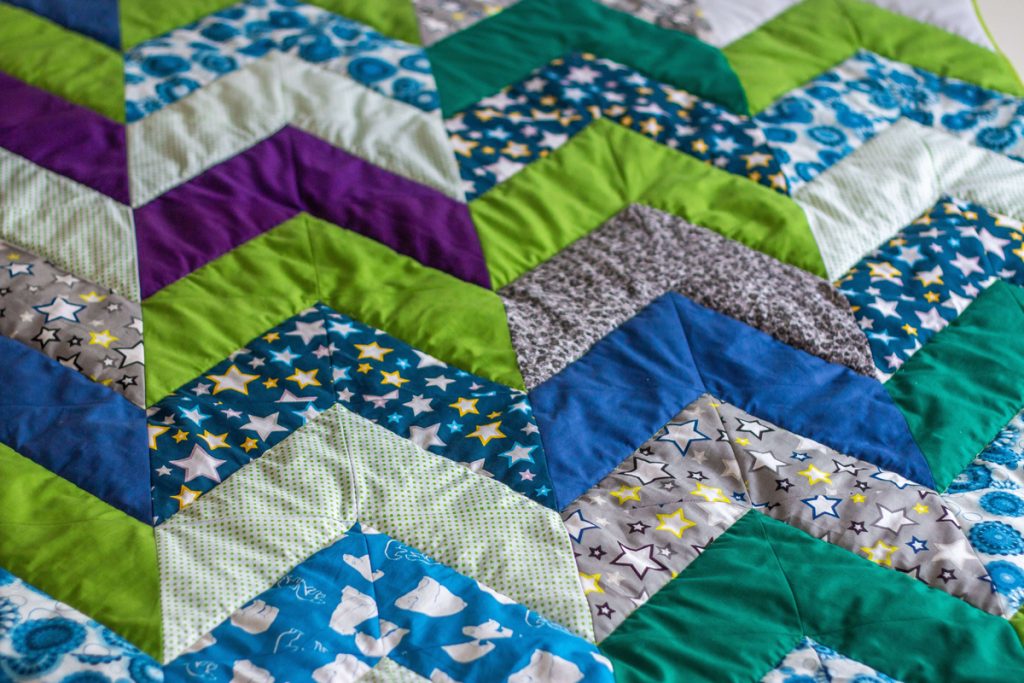UPDATED AUGUST 30, 2023
Writing for the web is a skill
Writing for the web is completely different than writing for print and it needs a different kind of know-how.
This is because people read differently on a screen to the way they would read a book or newspaper.
On a screen, it’s much more natural to skim-read — especially if you’re looking for specific information.
Formatting your copy in the way I’m about to show you will allow for easy skimming. But it will also make it easier to read, meaning that more of your copy and content will be read.
How to format your writing for the web
Choose a clear and legible typeface
First thing’s first. When you’re writing for the web, you need to choose a typeface that’s clear and easy to read.
Fancy scripts, cartoonish lettering and novelty typefaces might seem appealing or a good fit for the theme of your business. But if they’re difficult to read, your visitors won’t thank you.
The easiest typefaces to read on a screen are clean, simple and sans-serif with letters that are easy to distinguish.
Get the sizing right
Your text needs to be large enough to read — particularly the body text, which is the smallest and most used.
Toptal.com recommends the following body text sizes:
- Smartphone screen — 12–16 point
- Tablet/laptop 15–19 point
- Desktop computer 16–20 point.
The actual size you need will also depend on your typeface and web design.
Use good contrast
Good contrast means you need to choose a text colour that stands out from the background colour.
This is important for accessibility and the comfort of your visitors. It makes your site more readable for visitors with and without visual impairments.
The highest contrast pairing — and the easiest to read — is black text (the darkest colour) on a white background (the lightest colour).
Black and white might not be the colours for you, but dark text on a light background definitely works best.
Use a simple layout
When you’re writing for the web, you have to allow for readers using different devices/screen sizes and scrolling within the window.
This is why using multiple columns and randomly placed text boxes can be a bad idea.
A simple, single-column format works best for the plain text portions of your copy because it’s easiest to read, least distracting, and visitors don’t have to keep wondering what section to read next.
Left-align your text
With centre or right-aligned text, the starting point of each line changes, which means your reader has to work harder to follow it.
But with left-aligned text, the starting point of each line is always at the left-hand margin. This means it’s quicker, easier and more natural to read.
Keep your lines short
Avoid having long lines of text that span the entire screen. While these lines will wrap on smaller devices, they make for unpleasant reading on a larger screen.
The optimum number of words per line, for easy reading, is between 7–12.
Break it down
There’s nothing more off-putting to a website visitor than seeing long, dense walls of text. They’re difficult to read on a screen — especially a phone screen — and they’re hard to scan for specific information.
Keep your paragraphs short and add a full line space between them so they’re surrounded by white space.
You can add interest by varying the way you present your content with paragraphs, lists, call-outs, charts, pictures and diagrams.
Use relevant headings
When you’re writing for the web, using headings breaks up the text and helps your readers to skim-read it more easily.
Use headings/subheadings to introduce each section/subsection and make sure each one is relevant to the content that follows it. This will help readers skim to the parts that particularly interest them.
Relevant headings are also good for optimising your content so it gets picked up by the search engines.
Do you need help with writing for the web?
I’m Jenny Lucas, a website copywriter and blog content writer based in Leicester, UK.
I’ve been writing for the web for more than 14 years and specialise in SEO copy and content that will help get your website found on Google.
If you need someone to write your website, or provide regular content for your blog, why not get in touch?

You might also like…



